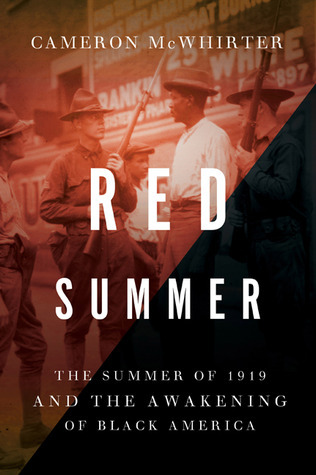What do you think?
Rate this book


272 pages, Hardcover
First published July 19, 2011
Lynchers cut off Hartfield's fingers. They let him angle from a branch, then they shot him. They burned the corpse. The extrajudicial killing took place promptly at 5 p.m., as was publicized in advance in publications from New Orleans to New York...
Those who could have stopped it did not. Those who wanted to stop it could not. (68)